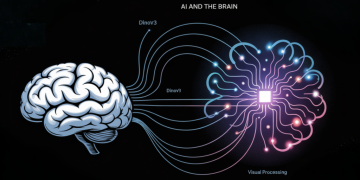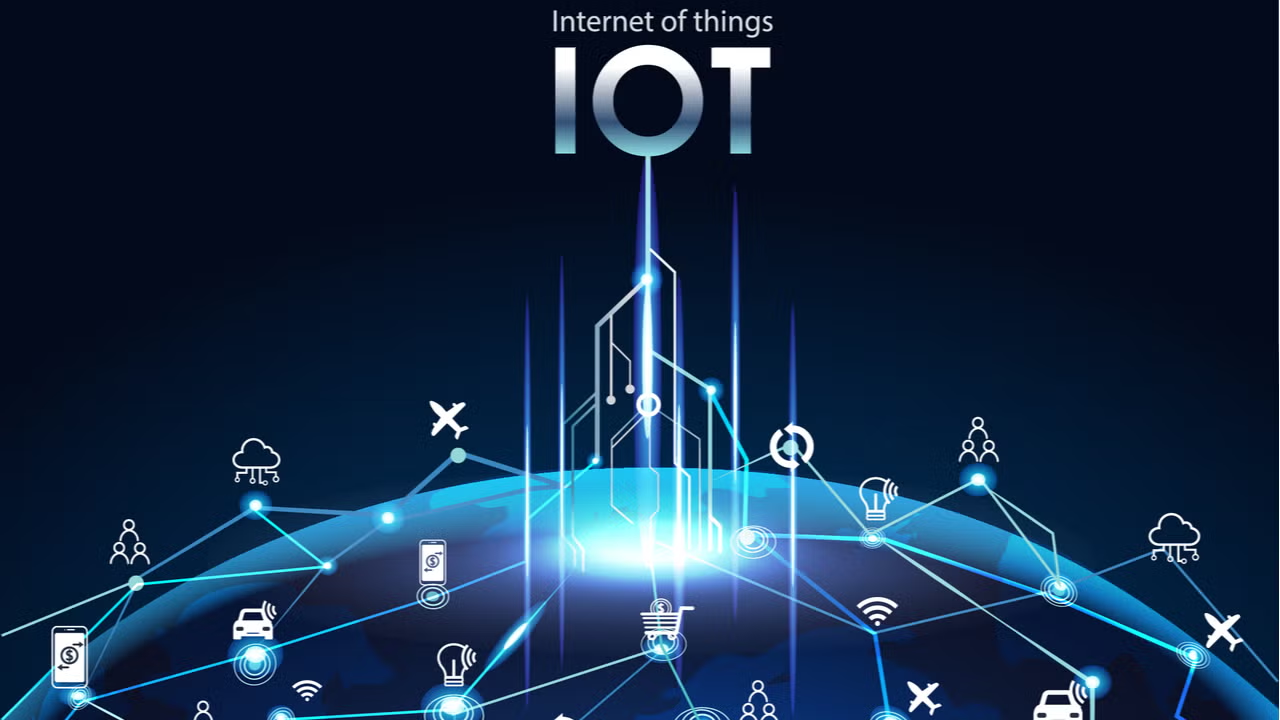In an era where technology dominates our daily lives, the allure of digital convenience is undeniable. From smartphones that put the world at our fingertips to smart home devices that manage our environments, digital tools have revolutionized how we live, work, and play. But amid this rapid evolution, a pressing question emerges: Is digital convenience making us lazy?
This article explores the complex relationship between convenience and effort, dissecting whether our dependence on digital tools diminishes our motivation, physical activity, and cognitive engagement — or whether it merely redefines productivity and intelligence in the 21st century.
The Rise of Digital Convenience: A Double-Edged Sword
Digital convenience is about more than just saving time; it’s about reshaping how we perform everyday tasks. From ordering groceries online to navigating cities with GPS, digital innovation reduces physical and mental effort in countless ways.
The Allure of Instant Gratification
Modern technology caters to our innate desire for instant gratification. A tap on your phone can summon food, entertainment, or even a taxi. This immediacy is addictive. It rewires our brains to expect fast results, which in turn can make slower, more deliberate efforts seem tedious.
Psychologists call this phenomenon reward conditioning — our neural pathways strengthen around behaviors that deliver quick rewards. Over time, this can reduce our tolerance for effortful activities that lack immediate payoff.
Convenience vs. Laziness: Defining the Terms
Before we delve deeper, it’s important to clarify what we mean by laziness. Traditionally, laziness implies unwillingness to exert effort, leading to inactivity or underachievement. But digital convenience complicates this definition. Is opting for a voice assistant over manual typing laziness, or smart resource management?
Convenience is about efficiency; laziness is about avoidance of necessary effort. The boundary blurs as digital tools make previously demanding tasks almost effortless. For example:
- Using a ride-share app vs. walking or biking
- Asking Alexa to set reminders vs. writing them down manually
- Watching a documentary online vs. visiting a library
Are these behaviors signs of laziness, or intelligent use of available resources? This nuanced distinction is critical to understanding modern productivity.
The Cognitive Impact of Digital Convenience
Is Digital Convenience Making Us Mentally Lazy?
Cognitive laziness involves minimizing mental effort. Critics argue that reliance on technology for memory, calculations, and problem-solving weakens our brain’s natural capabilities.
The Google Effect: Outsourcing Memory
A landmark study on the Google Effect revealed that people tend to forget information easily when they know it’s readily available online. This outsourcing of memory can reduce cognitive strain but may impair deep learning and long-term retention.
However, proponents argue that freeing up mental space from rote memorization allows for higher-order thinking — creativity, analysis, and problem-solving.
Multitasking and Attention Span
The digital age encourages multitasking — switching between apps, notifications, and tasks rapidly. While convenient, this can fragment attention and reduce sustained focus. Research links excessive multitasking to poorer performance in cognitive tasks.
Yet, multitasking may also enhance the ability to switch contexts quickly, a valuable skill in dynamic work environments.
Physical Convenience and Its Consequences
How Technology Influences Physical Activity
Smart technology reduces the need for physical exertion. Consider:
- Elevators instead of stairs
- Remote controls instead of manual switches
- Online shopping vs. in-store browsing
Such conveniences contribute to sedentary lifestyles, a major public health concern linked to obesity, cardiovascular disease, and diabetes.
Sedentarism vs. Physical Efficiency
Is reduced physical activity a symptom of laziness or a natural adaptation to a world where physical effort is often unnecessary? Physical laziness, when it leads to health decline, is detrimental. However, efficient use of energy aligns with evolutionary principles — conserving effort when possible.
Wearable fitness tech aims to counterbalance sedentary habits by encouraging movement, showing that digital convenience can also promote physical activity when designed thoughtfully.
The Social Dimension: Convenience and Human Connection
Are We Losing Social Effort?
Social media and messaging apps make connecting easier than ever, but some argue this convenience undermines genuine relationships. The effort involved in face-to-face interaction — reading body language, engaging deeply — may be replaced by shallow digital exchanges.
Yet, technology also bridges distances, allowing relationships to flourish across geographies, which would have been impossible before.
Empathy and Effort in Communication
True empathy requires effortful listening and presence. Digital convenience can sometimes mask social laziness by reducing communication to emojis and short texts. The challenge is to balance convenience with meaningful social engagement.

Reassessing Productivity in the Digital Age
The Evolution of Effort
The nature of work and effort has transformed. Digital tools automate routine tasks, allowing humans to focus on creativity and strategy. Does this make us lazy, or simply more productive and intelligent?
Automation reduces manual labor but demands cognitive skills — critical thinking, emotional intelligence, and adaptability — that are effortful in their own right.
Digital Convenience as a Catalyst for Innovation
Rather than fostering laziness, digital convenience can be a launching pad for innovation. By offloading mundane tasks, it frees mental resources for higher-value work. This shift redefines what it means to be industrious in the modern world.
Psychological Perspectives on Convenience and Motivation
The Role of Self-Discipline
Self-discipline helps balance convenience with personal growth. Without it, convenience can become a crutch, leading to procrastination and avoidance of challenges.
Motivation Theories
- Intrinsic motivation thrives on personal satisfaction and mastery, often requiring effort.
- Extrinsic motivation relies on external rewards, which digital convenience can easily provide (likes, instant feedback).
Maintaining intrinsic motivation in a convenience-driven environment is key to preventing digital laziness.
Practical Tips to Harness Digital Convenience Without Becoming Lazy
- Set intentional limits: Use apps and devices to boost productivity, but set boundaries to avoid over-reliance.
- Engage in physical activity: Use digital tools (fitness trackers, apps) to encourage movement.
- Practice deep work: Allocate distraction-free time for focused, effortful tasks.
- Cultivate mindfulness: Stay aware of when convenience is serving you versus when it’s fostering laziness.
- Prioritize meaningful social interactions: Balance digital communication with face-to-face engagement.
Conclusion: Convenience as a Tool, Not a Trap
Digital convenience isn’t inherently bad. It reflects human ingenuity and offers immense benefits. Whether it makes us lazy depends largely on how we use it. When harnessed mindfully, it enhances productivity, creativity, and connection. When unchecked, it risks fostering physical, cognitive, and social laziness.
The future lies in striking a healthy balance — leveraging technology’s strengths while preserving effortful engagement in life’s important domains.



















































Discussion about this post